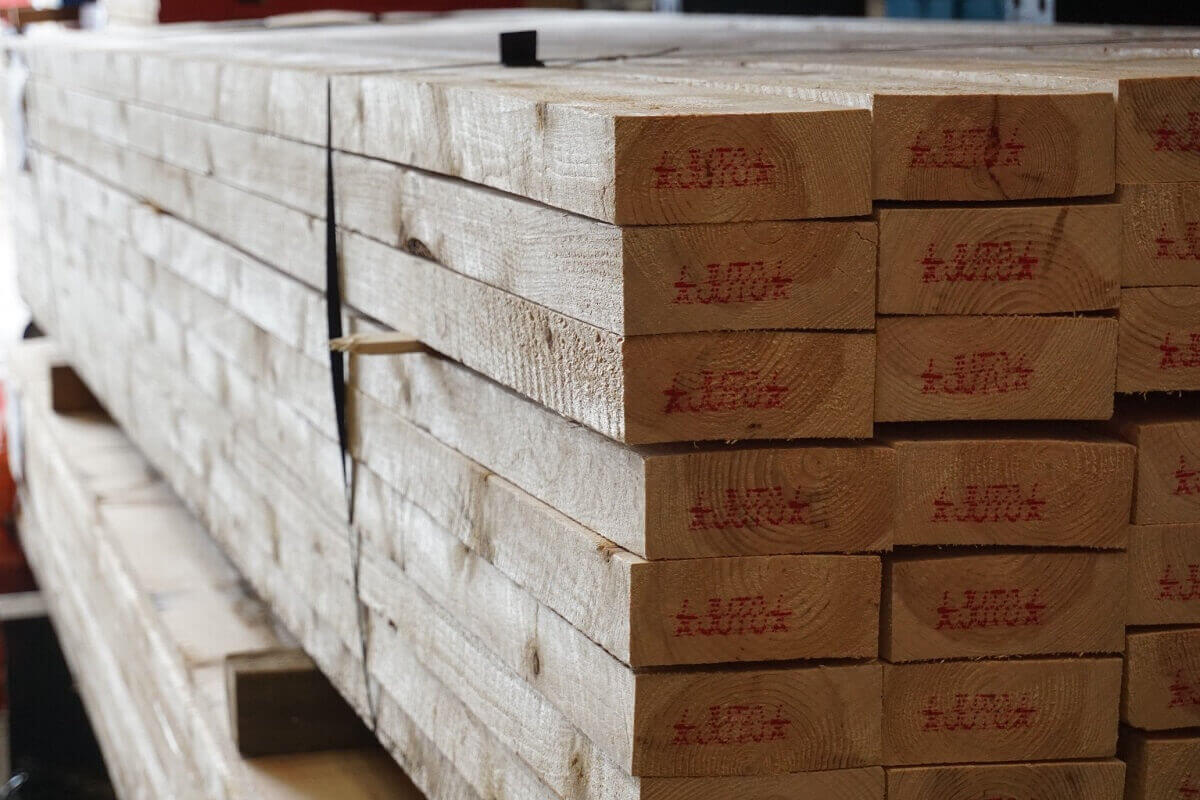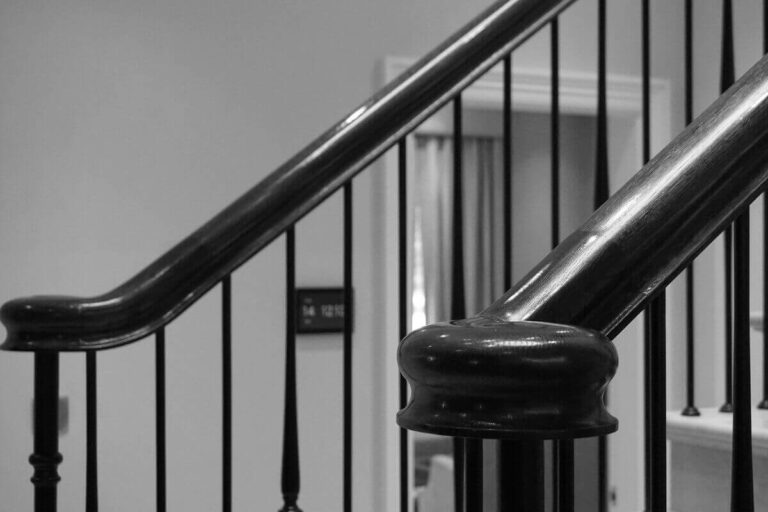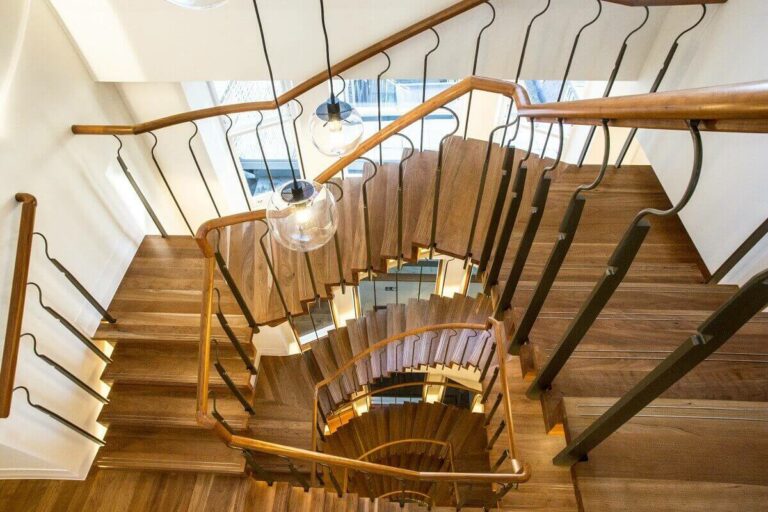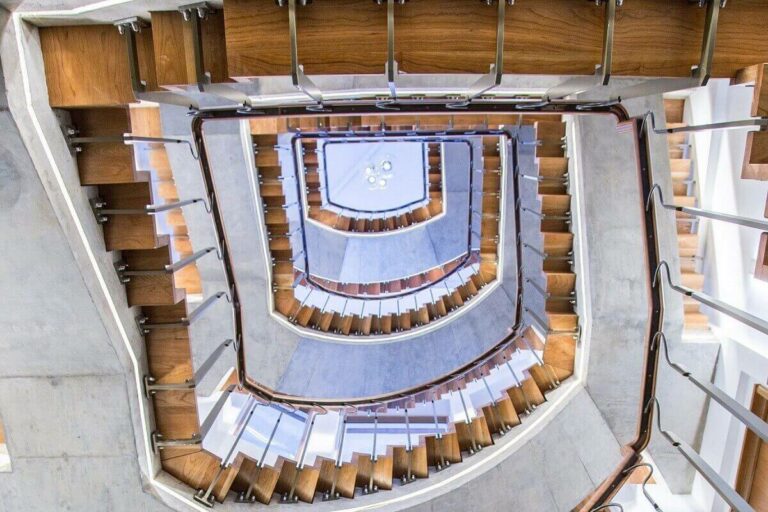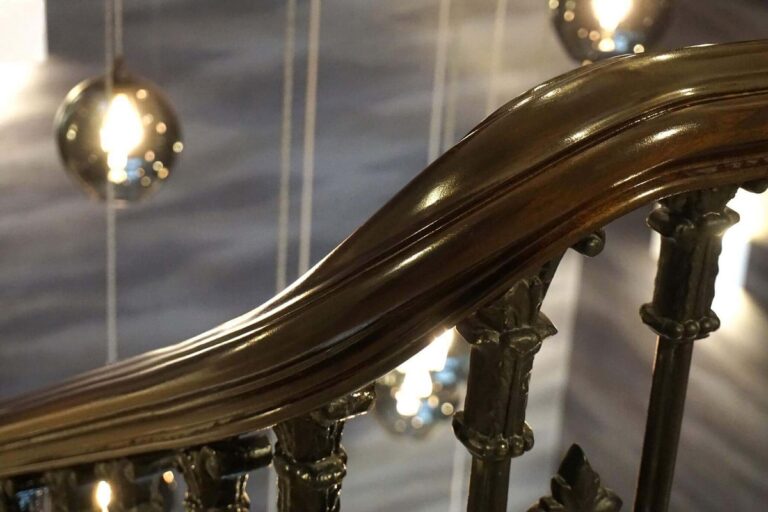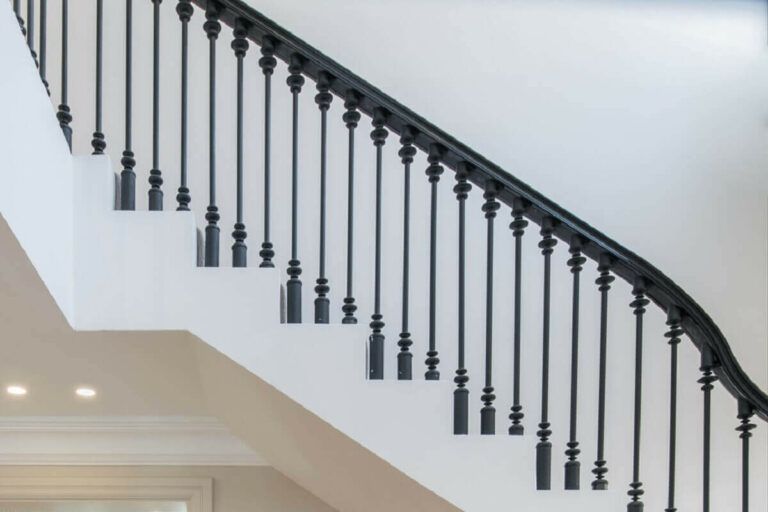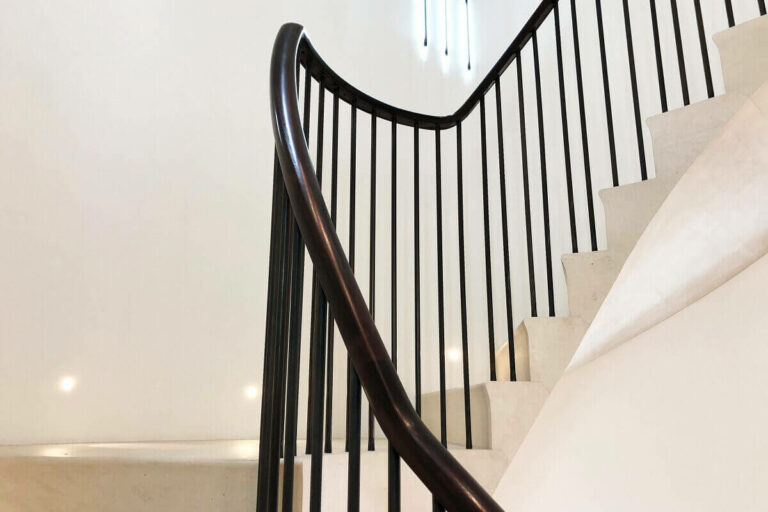Learn About Your Timber
A finished handrail is always a spectacle but learning the characteristics of the material used in your handrail can help you appreciate it just that little bit more.
There are two different types of timber, hardwood and softwood. These names do not refer to the actual properties of the material, but the difference in its origin. Softwood comes from coniferous trees which are evergreen, and hardwood comes from broad-leaved deciduous trees. Our most popular timbers for handrails are all hardwoods and these are Oak, Ash, Black Walnut and Sapele.
Oak:
A light brown coloured wood, that is native to the northern hemisphere. It is sturdy, open grained and it takes 150 years before wood from an oak tree can be used for construction. An Oak tree can reach a height of 50m but typically grows between 20m to 40m.
Ash:
Light creamy-brown coloured wood that is usually straight-grained with a coarse uniform texture. An Ash tree can grow up to 35m tall, often growing together, forming a domed canopy. Ash is excellent to machine, as it is a solid, smooth wood with knots being very uncommon, meaning that the finish is very good.
Black Walnut:
A short-trunked forest tree which can grow to 30m tall. The dark chocolate brown wood has a medium texture and typically has straight grain but sometimes it can have irregular grain. Considered a premium domestic hardwood and a favoured wood for use in contrast with lighter colours.
Sapele:
Originating from tropical Africa, this wood has a golden to reddish brown colour which darkens with age. The tree can grow up to a great height of 45m. The grain on Sapele is interlocked and sometimes wavy with a fine uniform texture. It is very popular for use due to its exceptional stability and consistency of quality.
The materials that we use for your handrails are selected from environmentally responsible, sustainable sources and are typically FSC® or PEFC® certified.

